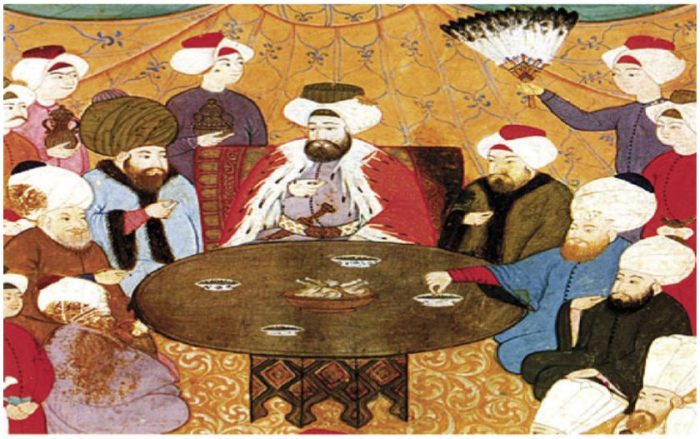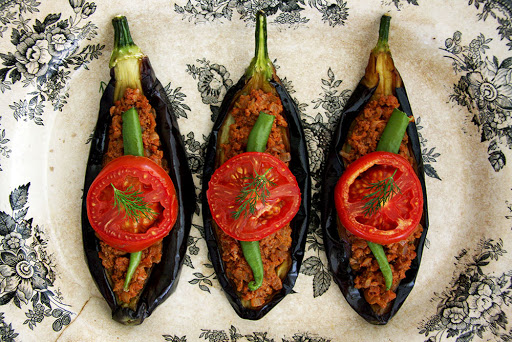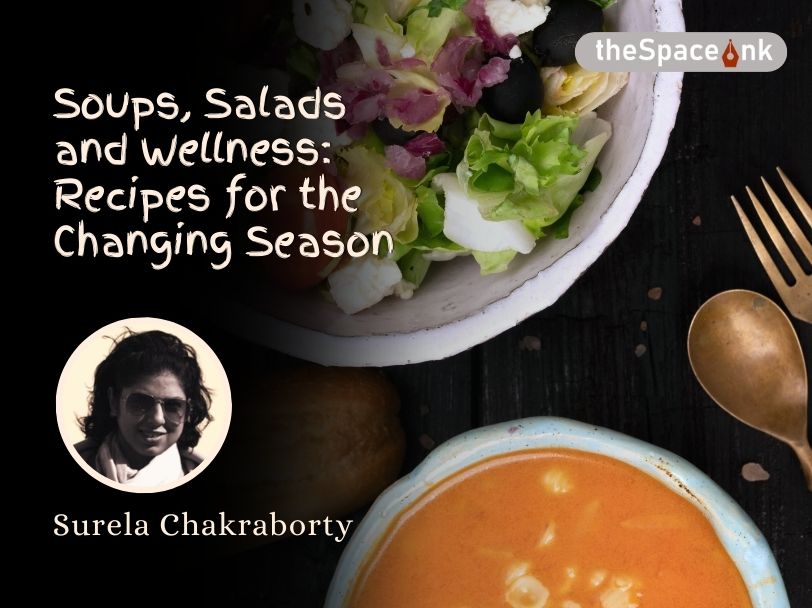“Don’t go to Spain, never go to Spain”, that’s what Adnan, my student said.
I have always loved my Turkish students— so naïve, politically incorrect and so direct.
It was 2013. It was only a year since I had joined my Ph.D in Istanbul. Being unfamiliar with the actual cultural affluence and diversity of the European continent (It became gradually clear that the college days of voracious reading were not upto the mark either) I was not quite sure about the background of his notion.
“Why not Adnan?”, I enquired.
Adnan in his natural sentimental tone said, “I was there last year for vacation. Almost every day, I used to request my hotel to serve some tomatoes for breakfast. They could not even manage that at least for a day! I am never going back, and I strongly advise you should avoid it as well!”
I somehow controlled myself, took off from there, had a laugh over it with a few friends after work, but Adnan’s ecstatic passion for tomatoes had left a lasting mark in my inquisitive complexion. I had to dig deeper into the evolution of Turkish gastronomic culture.

Historically speaking, in every country, gastronomy has been shaped by the regions in which the people had lived and also by the religious beliefs they used to follow. Turkey is not an exception. The Uyghurs, (a Turk tribe) practiced Manichaeism* before they adapted to Islam which defined their eating habits. During this period milk and milk product consumption was common as the Uyghurs were primarily livestock farmers. Portraits of such livestock animals can be found in restored resident-cave walls.
Kasgarli Mahmud’s book does shed some light into the type of food which evolved later during the Selcuk period. The diet during this period included muffins, thin dough bread, halvah, koumiss (also spelt Kumis), buttermilk (Ayran) etc. The use of sour yoghurt and vinegar soaked food in the 11th century can be traced back to The Dīwān Lughāt al-Turk, the first comprehensive dictionary of Turkic languages, compiled by Mahmud Kashgari between 1072-74 AD . Additionally, horse and sheep meat were the source of nutrition for the desert dwelling Turks.
The Seljuk period enlightened the path of affluence in Turkish gastronomic culture. Other than staple meat, wheat, and fat, quite varied delicacies were created during the time by mixing contrasting items and using various culinary techniques. The Seljuks used to have two meals a day. But during Ramadan, elaborate meals with family were common.
Tomatoes were brought from South America to Europe at the beginning of the 16th century, and it was almost 300 years later that they could finally make their grand entrance into the Ottoman culinary culture.
After the 1453 Istanbul conquest by Sultan Mehmut, Ottoman cuisine underwent an elaborate alteration. Especially the consumption of seafood increased manifold. The palace breakfast consisted of a hearty soup. During lunch the sultan used to sit with his knees crossed with a towel placed in front to prevent staining. A second towel was used to clean his mouth and fingers. The meal generally consisted of poultry meat served whole. The sultan used to tear the meat himself and used his hands for eating. Some Serbet was generally served after the meal. In the ordinary households, the meals (twice a day) were consumed as per the haremlik-selamlik order, where male and female members of the family sat separately. However certain liberal households did prevail where such customs were not practiced.
A separate dining room, as was common in European culture, did not exist up to an extensive period of the Ottoman rule. Certain reforms in the culinary styles and gastronomic culture evolved in later periods and many of them are still being carried out in modern day Turkey.
No doubt the entire story of the gastronomic evolution of the country is quite fascinating, but the question of “The Turkish Tomato” was yet unsolved till I decided to take it to my foodie Ph.D advisor himself. We surely used to talk about technology a lot, but a few prized points of our out of work conversation revolved around his finesse on wine making and our illustrious Indian cuisine.
Tomatoes were brought from South America to Europe at the beginning of the 16th century, and it was almost 300 years later that they could finally make their grand entrance into the Ottoman culinary culture. The first Turkish culinary book Melceü’t-Tabbâhînde written by Mehmet Kamil in 1844 documented recipes for fried tomato stew, stuffed tomatoes, tomato pilaf, and tomato salad. In 1876 Ahmet Vefik in his work Lehçe-i Osmani had called it the “European eggplant” and in 1901 Kâmûs-i Türkî defines the vegetable to have a watery and tarty taste which can be used to put flavors into food in the fresh, paste or pulp form. The Turkish tomato paste, “Salça”, comes from the Italian salsa verde. It is said that the staple Tomato soup in world cuisine has spread from the Ottoman kitchen and can be used to reduce stress. That is why Tomato soup is often served to passengers in aeroplanes. The scientific basis of the theory is the fact that Tomatoes are rich in glutamic acid which is known to have stress reducing capabilities.

Two of my personal favourites among Turkish delicacies are themselves created with this salca. One, is the very well known breakfast dish that they call “Menemen” which is mainly a smooth mixture of tomato paste slow cooked in low flame, eggs and some vegetables. One may top it up with some Sucuk or the Turkish Pepperoni. It won’t be completely wrong to say that the dish is a less spicy version of the Mediterranean Shakshuka.
The other one is more exotic from a historical perspective. The name of the dish is Karniyarik! Karniyarik demonstrates the Turkish love of stuffed eggplant with a baked filling. The origins of the dish traces back to over 4,000 years ago when the eggplant was first domesticated in a region that now includes parts of Pakistan and India. The Turkish one is stuffed with minced meat slowly baked with tomatoes, salca and vegetables. Karniyarik means riven or dissected belly. A vegan version of the dish, named ‘Imam Bayildi’ also exists which in English means the ‘Imam Fainted’. The name carries some funny prevailing stories with it.
One version goes like this.
“A long time ago there lived a Turkish imam, known for his appetite for good food. He married the beautiful daughter of a rich olive oil merchant. A part of the dowry included twelve jars of the finest of olive oil.

Following the wedding, the lady quickly revealed her culinary finesse. Since stuffed eggplant in olive oil was the imam’s favorite, he would ask his wife to cook it for him every night. On the thirteenth day, when he sat down for dinner, his favourite dish was missing. The imam demanded a reason. The bride replied, “Janim, I cannot make your favorite dish anymore, our olive oil is exhausted.” The imam was so shocked by the news that he fainted. Since that day, his favourite dish was named ‘Imam Bayildi’. One can trace the dish back to many different versions of the story but at the end what lingers is the ancient Ottoman’s appetite for good food and the young Turk‘s longing for a few good tomatoes for breakfast. Turkey on its own is one of the largest Olive producing countries in the world and it ranks among the top five.
Thus, the riddle of ‘The Turkish Tomato’ was resolved and digested.
“Iyi gunler arkadaslar! Afiyet Olsun!”.
*Manichaeism was a major religion founded in the 3rd century AD by the Persian or Parthian prophet Mani ( c.216 – 274 AD ) in the Sasanian Empire.
Rupak Bardhan Roy works as a scientist for GE Healthcare. He had pursued hi PhD from the Sabanci University, Turkey and currently lives in Nice, France. His likes to write about the travel and food expeditions on which he often embarks. His interests include notaphily, music, numismatics.








One Response
Beautifully penned